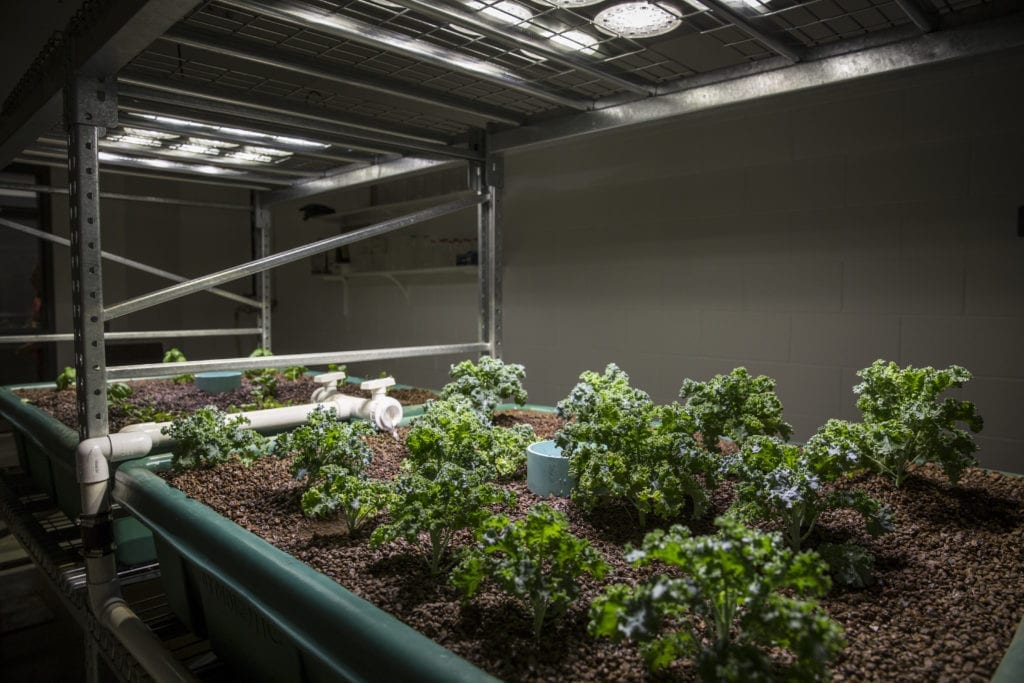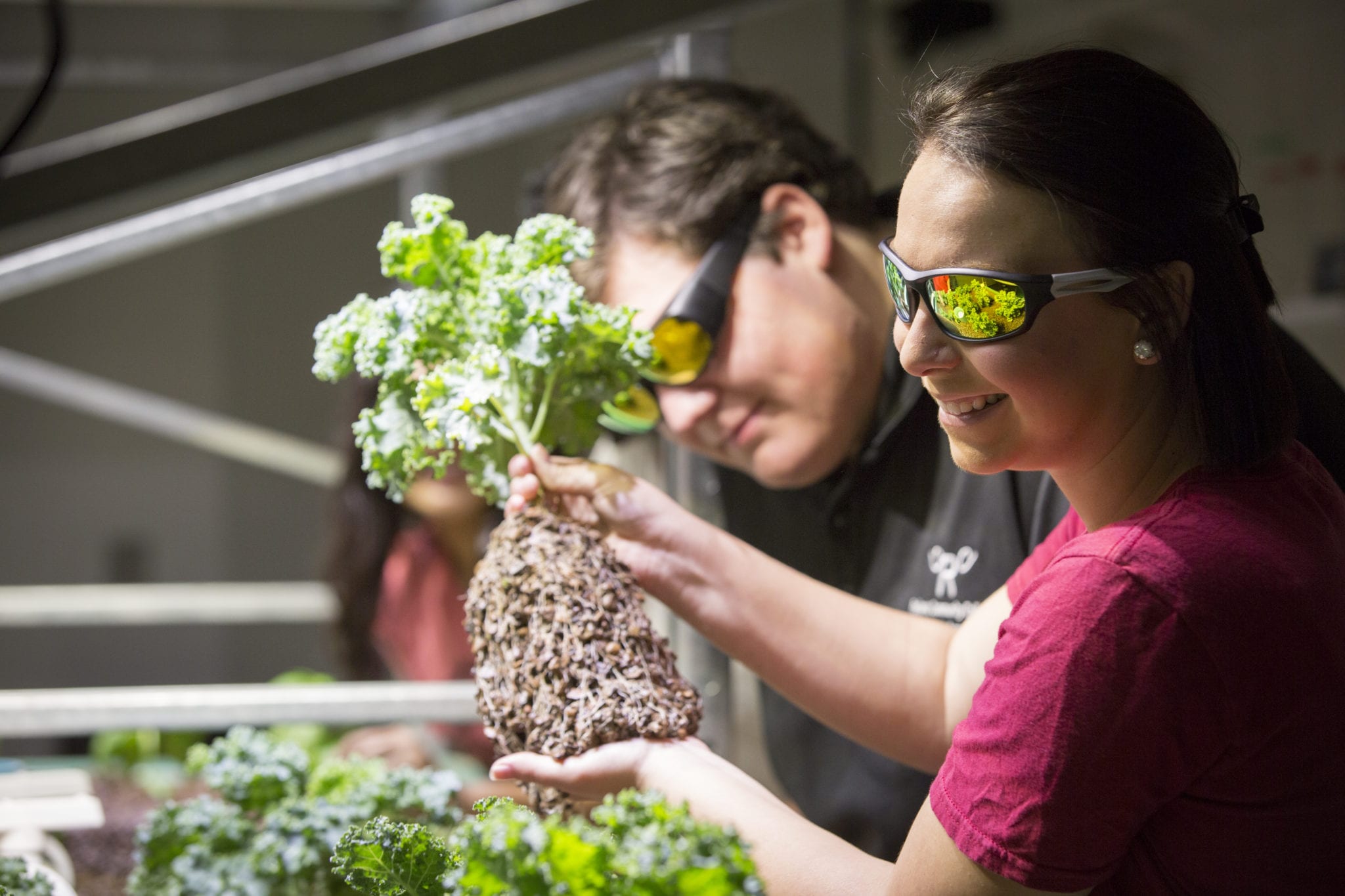Worms. Onion burgers. An old trolley. Artificial insemination of livestock. These may not seem to add up to anything, but they do in El Reno.
These entities help to make the Canadian County seat an esoteric town, whether it’s on the one-mile rail circuit, at a trifecta of diners pounding grilled “ingerns” into their hamburger patties or in research facilities at Redlands Community College.
The Heritage Express Trolley began in 2001 to revitalize downtown and remedy a chronic issue, says Vicki Proctor, longtime president of the Canadian County Historical Society and Museum.
“The money to fix a drainage problem came through a state transportation grant, but attached to it was the condition that we build a trolley,” she says. “The city asked the museum if it would run the trolley and we agreed.”
Oklahoma’s only rail-based trolley – Oklahoma City has rail-based streetcars and Tulsa’s trolleys drive like buses – runs partly on the old Interurban system going from El Reno to OKC and other central Oklahoma towns. The car, which El Reno converted to propane power, is a 1924 J.G. Brill model originally used by the Philadelphia and Western Railway
“It’s a huge draw – about 8,000 to 9,000 ride it annually,” Proctor says. “It’s right off Route 66, so we have people come from all over the world.”
The trolley crosses Wade Street, along which, in a two-block stretch, are Sid’s Diner, Robert’s Grill and Johnnie’s Hamburgers and Coneys. These joints maintain El Reno’s moniker as the Onion Burger Capital. They participate in a festival where a 750-pound onion burger is grilled each May.
North of town is Redlands’ innovative Darlington Agriculture Education and Applied Research Center.
“Our artificial insemination program draws from all over the country because we let students run the equipment,” says Sam Nusz, manager of the Darlington center. “We have a $70,000 machine called the Cosa, which measures the volume of semen and its movement, that most students wouldn’t touch until they’re in graduate school. Our students use it as part of their associate’s degree in animal science.”
Vermiculture produces about 100,000 worms annually in a 100-square-foot raised bed, says Julie Flegal-Smallwood, who administers a U.S. Department of Education grant at the school.
FUN FACTS
Population
18,948
Fort Reno
During wars against the indigenous plains tribes, the U.S. Army established a frontier camp in 1874. A year later, it became Fort Reno, commanded by Gen. Philip Sheridan and named in memory of his friend Gen. Jesse Reno, who was killed in the Civil War.
No, Not Nevada
Reno City sprang up near Fort Reno after the Land Run of 1889 on the banks of the North Canadian River. Sometimes, mail got mixed up between the town in Oklahoma Territory and the one in the Sierra Nevada out West. After two major floods within a few years, the Canadian County town moved five miles south and changed its name to El Reno.
98 degrees
The 98th meridian established an east-west split in El Reno. The eastern unassigned lands opened to white settlement in 1889. To the west were Cheyenne and Arapaho lands, which opened in 1892. The meridian also runs through the Canadian County Historical Museum, housed in the old Rock Island depot. U.S. Highway 81 roughly parallels the 98th meridian through Oklahoma.
Onion burger history
According to John T. Edge’s Hamburgers and Fries: An American Story, the onion burger began in 1926 at the now-defunct Hamburger Inn in El Reno. Owner Ross Davis figured out that he could stretch a patty of ground beef by frying it with half of a chopped onion. The onions also enhanced the burger’s flavor. The onion burger became particularly popular during the Great Depression because ground beef was expensive and onions were cheap.
A is for Agronomy
The grounds of the decommissioned Fort Reno switched to the U.S. Department of Agriculture in 1948. The e Research Laboratory develops strains of grasses for cattle to eat. The idea is to make digestion efficient and reduce the bovines’ carbon footprint (less methane in their flatulence).
“Worms are used to enrich our own properties,” she says. “We give them to K-12 schools for gardening programs. We sell them to the agricultural community and no-till farmers. We sell the compost to organic gardeners and people growing medical marijuana.”
Student Casie Hamill of Verden didn’t know she would become smitten by red wrigglers and night crawlers.
“I never imagined I would work as a worm-wrangler, but they are fascinating and a vital part of the ecosystem,” Hamill says. “Their presence is an indicator of soil health, and their byproduct, worm castings, is black gold. Regular compost sells for about $35 per cubic yard, but vermi-compost sells for about $200 per cubic yard.
“It doesn’t hurt that they are cute and slimy and can devour a pumpkin in about a month.”
























